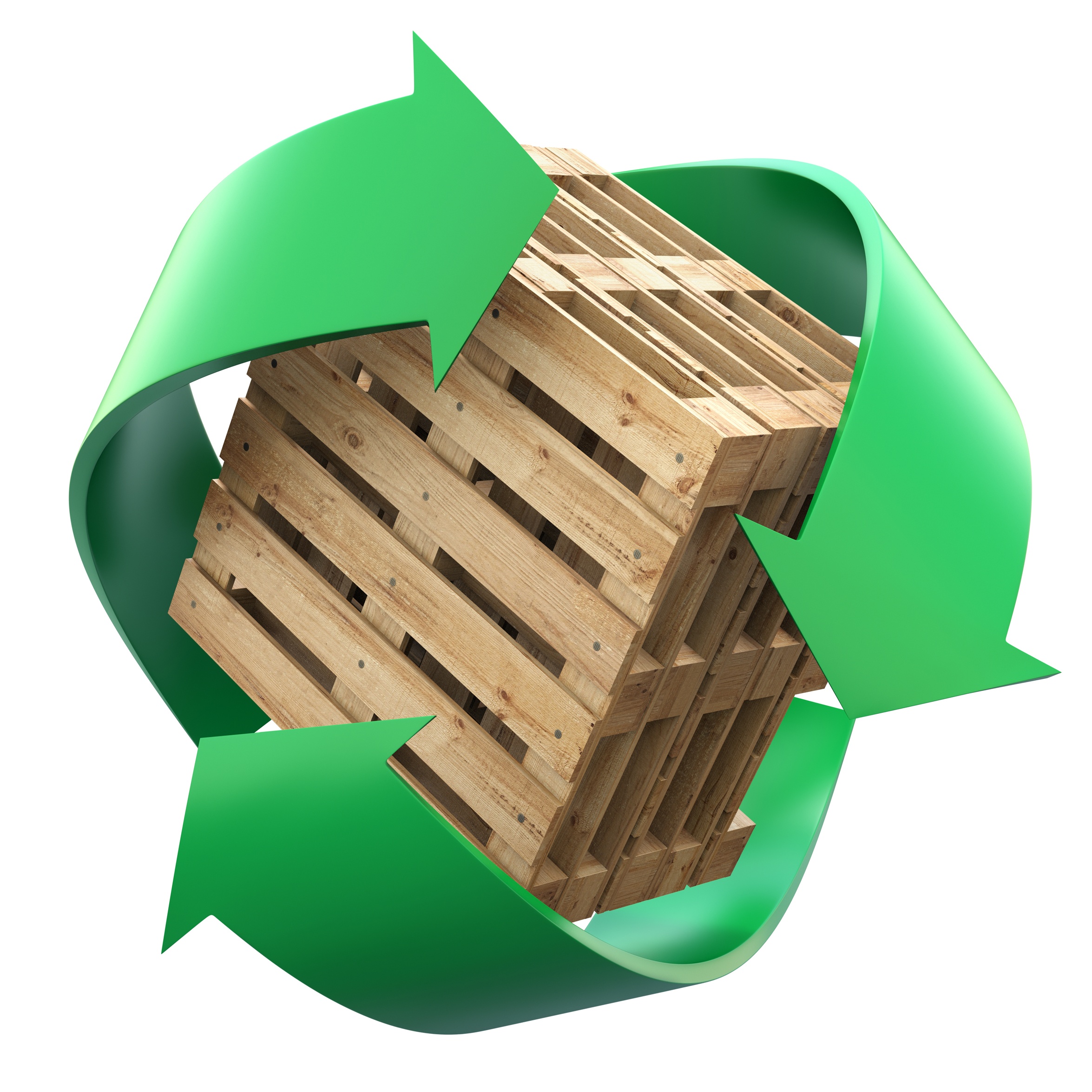Environmental Product Declarations (EPD’s) and Life Cycle Assessment (LCA) for Wood Pallets

EPDs can provide insight to buyers, as well as support pallet customer LCA and green marketing efforts. Think about EPDs as you would the nutrition label that you look at on food packaging, except instead of reporting saturated fat and calories, it is environmental impacts that matter.
“EPDs are a disclosure tool that helps purchasers better understand a product’s sustainable qualities and environmental repercussions, so they can make more informed product selections,” explains UL, a global leader in PCR creation and EPD certification.
Beyond procurement, the information included in an EPD can also help a pallet user understand the broader environmental impact of manufacturing or distribution activities in aggregate when particular EPDs for various inputs are examined collectively.
EPDs can also be useful for marketing purposes. “In marketing, many organizations want to make claims of their product´s environmental performance, especially if it is superior compared to other similar products on the market,” observes Stockholm, Sweden-based EPD International. “However, such claims must be conveyed in a manner which is recognized by the market as being relevant, credible, and transparent.” That’s where an EPD can help.
EPD’s: Standardized, Independently Verified, and Registered
Each Environmental Product Declaration (EPD) is an independently verified and registered document that communicates transparent and comparable information about the life-cycle environmental impact of a product. EPDs provide a declaration of environmental performance based on a standardized, common methodology used for performance evaluation.
They rely on third-party-verified documentation of environmental performance and follow a scientifically accepted and objective methodology detailed by a product category rule (PCR).
An individual EPD is based on a specific PCR. Each PCR contains a set of requirements and guidelines used for conducting and reporting environmental life cycle assessments of a particular category of products. The PCR evaluates environmental performance including aspects like carbon emissions, resource depletion, and energy use, to name a few.
PCRs ensure that products of the same function are evaluated consistently for a meaningful comparison of results. PCRs and EPDs are available for various product categories, including construction and architectural wood products.
An EPD for Wood Pallets: A First for Shipping Materials
The PCR for wood pallets certified by UL in 2019 set the stage for the creation of a wood pallet EPD in 2020, also certified by UL. The PCR and EPD initiative was sponsored by the National Wooden Pallet & Container Association (NWPCA) and Pallet Foundation in conjunction with the USDA Forest Service Forest Products Lab. UL’s PCR for wood pallets is the first of its kind for shipping materials.
“UL applauds the efforts of NWPCA and the Pallet Foundation to develop a PCR and now issue an EPD for wooden pallets to better understand the environmental impact they have,” said Alberto Uggetti, vice president and general manager of UL’s environment and sustainability division. “The reusable nature of wooden pallets makes them a more circular, sustainable form of reusable packaging, and with this EPD, manufacturers will be able to communicate the impacts of their products with more transparency and confidence.”
The EPD solidifies wooden pallets as the clear sustainable choice for supply chains across industries. “This industry-wide wood pallet Environmental Product Declaration (EPD) is not only a first in the supply chain, it is a major step toward scientifically validating the benefits of wood pallets,” said Brent McClendon, President and CEO of NWPCA. “Beyond anecdotal evidence, this research supports the sustainability of wood. The results are something that all wood pallet companies can trumpet to their customer base as a new tool in their toolbelt.”
The creation of an EPD for wood pallets marks a crucial step in communicating the sustainability advantages of wood and providing clarity for pallet buyers.



